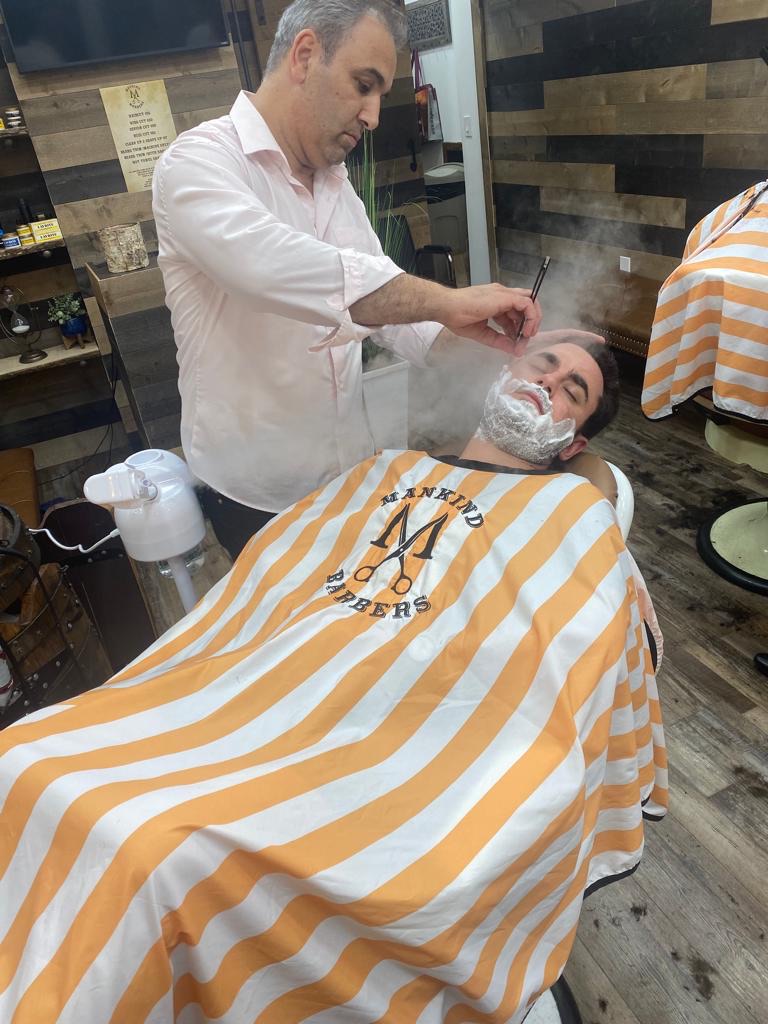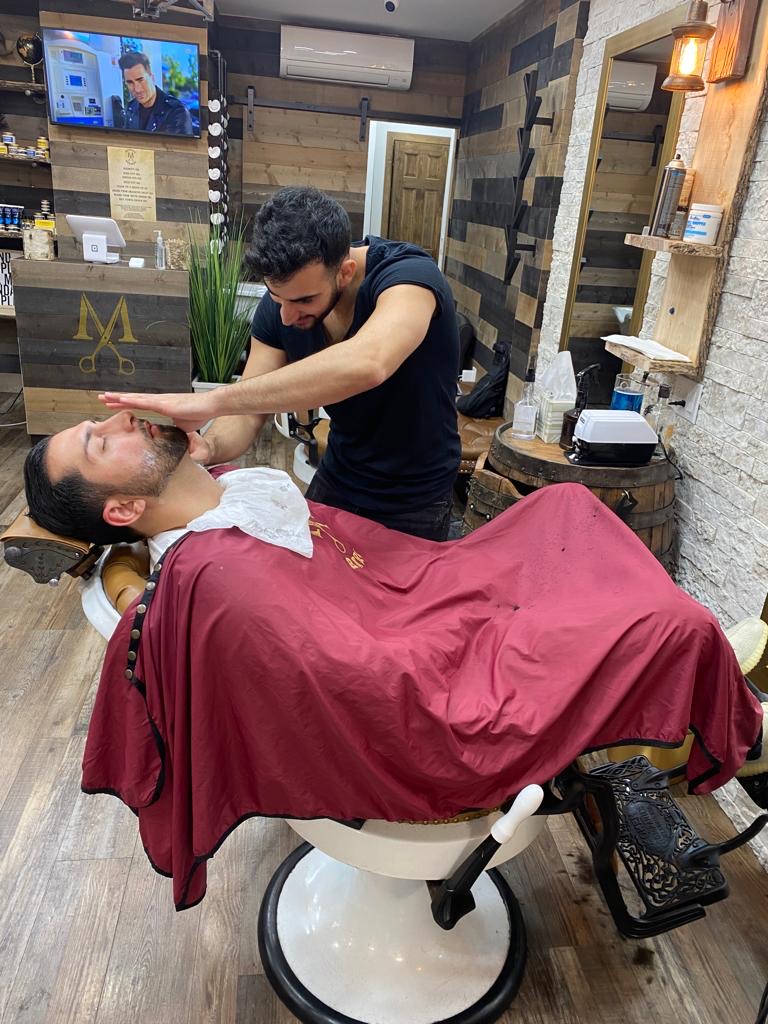Frequently Asked Questions
Achieving a close shave with a straight razor on sensitive skin requires a meticulous approach that prioritizes skin health and comfort. First, the individual should prepare the skin by cleansing with a gentle, hydrating facial cleanser to remove impurities and excess oil, followed by the application of a pre-shave oil that provides a protective barrier and enhances razor glide. Utilizing a high-quality shaving cream or soap, rich in natural emollients and soothing ingredients like aloe vera or shea butter, can further minimize irritation. The straight razor should be honed to perfection, ensuring a sharp edge that reduces the need for multiple passes, which can exacerbate sensitivity. Employing a light touch and shaving with the grain of the hair, rather than against it, helps to prevent razor burn and ingrown hairs. After the shave, applying an alcohol-free aftershave balm or lotion infused with calming agents such as chamomile or witch hazel can soothe the skin and reduce redness, ensuring a smooth, irritation-free finish.
The precision of straight razor shaving is significantly influenced by the type of blade grind employed, with each grind offering distinct characteristics that cater to various shaving techniques and skin types. For instance, a full hollow grind, known for its thinness and flexibility, allows for a keen edge that can effortlessly glide over the contours of the face, providing a close and smooth shave, ideal for those with sensitive skin. Conversely, a quarter hollow grind, which maintains more material along the spine, offers greater stability and rigidity, making it suitable for coarse hair and providing a more robust cutting action, albeit with a slightly less refined finish. Additionally, the flat grind, characterized by its straight edge and minimal curvature, excels in precision for detailed work around the jawline and mustache, allowing for meticulous shaping. Ultimately, the choice of grind—whether it be full, half, quarter, or flat—affects not only the sharpness and durability of the blade but also the overall comfort and effectiveness of the shaving experience, highlighting the importance of selecting the appropriate grind to match individual preferences and shaving styles.
For maintaining the sharpness of a straight razor, several types of strops are highly recommended, each serving a unique purpose in the honing and polishing process. Leather strops, particularly those made from high-quality cowhide or horsehide, are favored for their durability and ability to create a fine edge through the use of chromium oxide or other abrasive pastes. Canvas strops, often used in conjunction with leather, provide a coarser surface that can help realign the razor's edge after honing. Additionally, some enthusiasts opt for paddle strops, which offer a rigid backing that allows for more controlled stropping, while hanging strops provide flexibility and ease of use. The choice of strop material, whether it be linen, cotton, or synthetic, can significantly influence the final sharpness and smoothness of the blade, making it essential for straight razor aficionados to select the appropriate strop to achieve optimal performance and longevity of their cutting edge.
To prevent razor burn and irritation when using a straight razor, one must prioritize a meticulous pre-shave routine that includes thorough cleansing of the skin with a gentle exfoliating scrub to remove dead skin cells and unclog pores. Following this, the application of a high-quality pre-shave oil can create a protective barrier, enhancing glide and reducing friction during the shave. Utilizing a rich, moisturizing shaving cream or soap, preferably one that contains soothing ingredients like aloe vera or shea butter, is essential for providing optimal lubrication. The straight razor should be maintained with a sharp, well-honed edge to minimize tugging and pulling on the hair, while the shaving technique should involve gentle, short strokes in the direction of hair growth to further mitigate irritation. Post-shave, the application of an alcohol-free aftershave balm or lotion infused with calming agents such as chamomile or witch hazel can help soothe the skin and restore moisture, effectively reducing the likelihood of razor burn and ensuring a comfortable, irritation-free shaving experience.
When selecting the right straight razor for beginners, several key factors come into play to ensure a comfortable and effective shaving experience. First and foremost, the blade's width is crucial; a 5/8 inch blade is often recommended for novices due to its balance between maneuverability and stability. Additionally, the material of the blade, typically high-carbon steel or stainless steel, affects edge retention and ease of maintenance, with stainless steel being more resistant to rust and corrosion. The grind of the blade, whether full hollow, half hollow, or quarter hollow, also influences the razor's weight and flexibility, impacting the overall shaving technique. Furthermore, the handle's design, including its material—such as wood, plastic, or resin—should provide a secure grip to enhance control during use. Lastly, considering the weight and balance of the straight razor is essential, as a well-balanced razor can significantly reduce fatigue and improve precision, making the learning process smoother for beginners.

